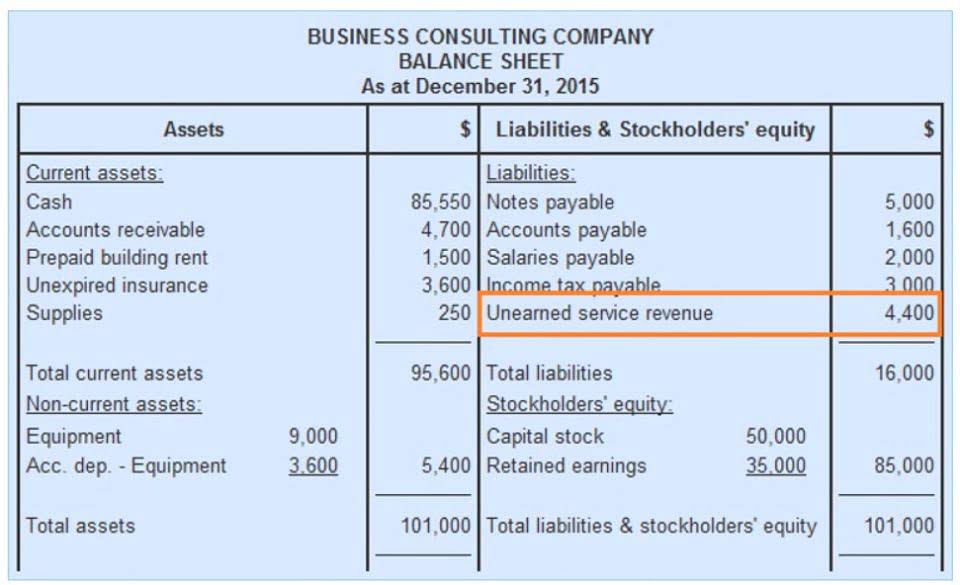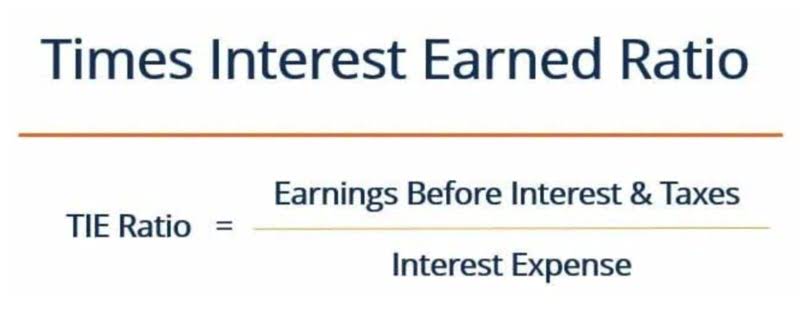Credit Risk Modeling: Importance and Key Components MATLAB & Simulink

Accurately assess risk exposures and inform credit and pricing decisions using a broad range of scoring methodologies. Get a comprehensive view of risk and model performance, and conduct champion/challenger tests against new models to ensure optimal performance aligned with your business objectives. SAS provides a comprehensive, integrated environment for efficiently and effectively managing your organization’s credit risk management and regulatory requirement needs.

What is Credit Risk Modelling?
- Optimize credit decisions and meet expected credit loss (ECL) accounting requirements by developing models that predict potential risks.
- The goal is to build a credit risk model by using Loan Data to provide a scorecard for a daily use as well as a pipeline to calculate exposure loss.
- Developed in the U.S. in the early 1970s, the system was initially a supervisory tool used by the Federal Reserve and later adopted by other regulatory bodies, including the Federal Deposit Insurance Corporation (FDIC).
- It is the amount that the borrower has to pay the bank at the time of default.
- These models treat a firm’s equity as a call option on its assets, with debt acting as the strike price.
- Key considerations here include that long-term borrowers generally present higher risk than short-term borrowers, as the likelihood of credit rating downgrades increases over a longer horizon.
The significance of the CAMEL system is rooted in its credit risk definition comprehensive approach to risk assessment. It provides a snapshot of a bank’s operational health and its resilience to financial fluctuations. By evaluating these five components, regulators can identify potential problems before they become systemic issues. For example, the 1980s savings and loan crisis highlighted the need for robust risk management practices, where a more proactive application of the CAMEL system could have mitigated the impact.
A Beginner’s Guide to Credit Risk Modelling

Whether you’re an analyst building your first PD model or a risk manager seeking best practices, this article delivers actionable insights into QuickBooks ProAdvisor every phase of the modeling lifecycle. In this section, we covered various steps and methods related to PD modeling. Holding true for all recommendations from European and local authorities, we guarantee the regulatory compliance of the model developed.
Credit risk modeling

This essential function of credit, however, is intertwined with inherent uncertainties. Lending institutions are well aware that a portion of their clients will face challenges or fail to meet their loan obligations. Therefore, it’s crucial for these institutions to effectively navigate this uncertainty, employing predictive tools and techniques to assess the creditworthiness of potential customers accurately. LiquidityLiquidity measures a bank’s capacity to meet its financial obligations without incurring substantial losses. For instance, during the 2008 crisis, banks with strong liquidity, like Wells Fargo, were able to function more effectively than those with less liquidity. A bank’s liquidity can also be strained if it has a high ratio of loans to deposits or if it heavily relies on short-term funding, which can disappear quickly in a crisis.
- Sometimes customers pay some installments of loan but don’t repay the full amount which includes principal amount plus interest.
- Fixed-payment loans, such as bonds, offer a straightforward calculation of EAD.
- In order to extract relevant data fields from database, you need to select multiple tables and join them based on matching key(s).
- Hypothetically, if a bank’s loans are predominantly in a sector experiencing an economic downturn, such as the real estate market post-2007, this would negatively impact its asset quality.
- Transparent models help you build and foster trust with your customers and regulators.
Using default risk to calibrate interest rates
- In this step, multiple segmentations can be created for further use during modelling.
- The scores are not static and can change over time as a bank’s situation evolves.
- If we keep flipping the coin over and over again, then we’re going to see this percentage of heads get closer and closer to the theoretical probability of 50%.
- In some cases, borrowers can pay only partial of the amount and the principal amount and interest amount are not paid.
- It is expressed as a percentage or a decimal, and represents the estimated risk of default for a particular borrower.
- This means it assumes investors are indifferent to risk, focusing solely on potential returns.
- The KMV Model utilizes a sophisticated mathematical framework derived from option pricing theory.
The Standardized Approach, a fundamental method under Basel II, is characterized by its straightforward and uniform application across various financial institutions. This approach requires banks to assign risk weights to different classes of assets, with these weights being predefined by regulatory authorities. The primary advantage of this approach lies in its simplicity, enabling a broad application across diverse banking institutions without the complexity of internal risk assessments. However, this simplicity comes at the cost of customization; the one-size-fits-all nature of the prescribed risk weights may not align perfectly https://www.bookstime.com/ with the unique risk profiles of individual banks. Assets under this approach, including government securities, corporate debts, and mortgages, are assigned their respective risk weights, offering a generalized overview of the institution’s risk exposure. In contemporary credit risk management, sophisticated statistical models are favored for LGD estimation, particularly following the Basel II Accord.
- Based on this model, it looks like he has about a 85% chance of paying back his loan.
- They are able to consider the larger economic environment, as well as relevant factors on a micro level.
- The inputs to credit risk modeling are the expected exposure to default loss, the loss given default, and the probability of default.
- The banking sector’s contribution to providing private credit has evolved differently in these regions.
- CRMS allows you to quickly calculate the impact for any selected combination of model components and evaluate the performance of such model.
- The same holds true for enhanced stress testing capabilities in a context where macroeconomic uncertainty and growing ESG concerns claim for increased realism and coherence across models (IRB and IFRS9) and assumptions.

These calculations require inputs like the current market value of the firm’s equity, its volatility (derived from stock prices), the face value of debt, and the risk-free interest rate. The output is an estimated market value of assets (A) and their volatility (uA). Building on our discussion above on the Black-Scholes Option Pricing Model, we now turn to its application in calculating the Probability of Default (PD). This aspect is particularly relevant in credit risk modeling, as it offers a method to quantify the likelihood that a firm will default on its obligations, based on market data and the firm’s financial structure. The Probability of Default (PD) is a metric that quantifies the likelihood of a borrower failing to meet loan payments within the specified analysis period.


